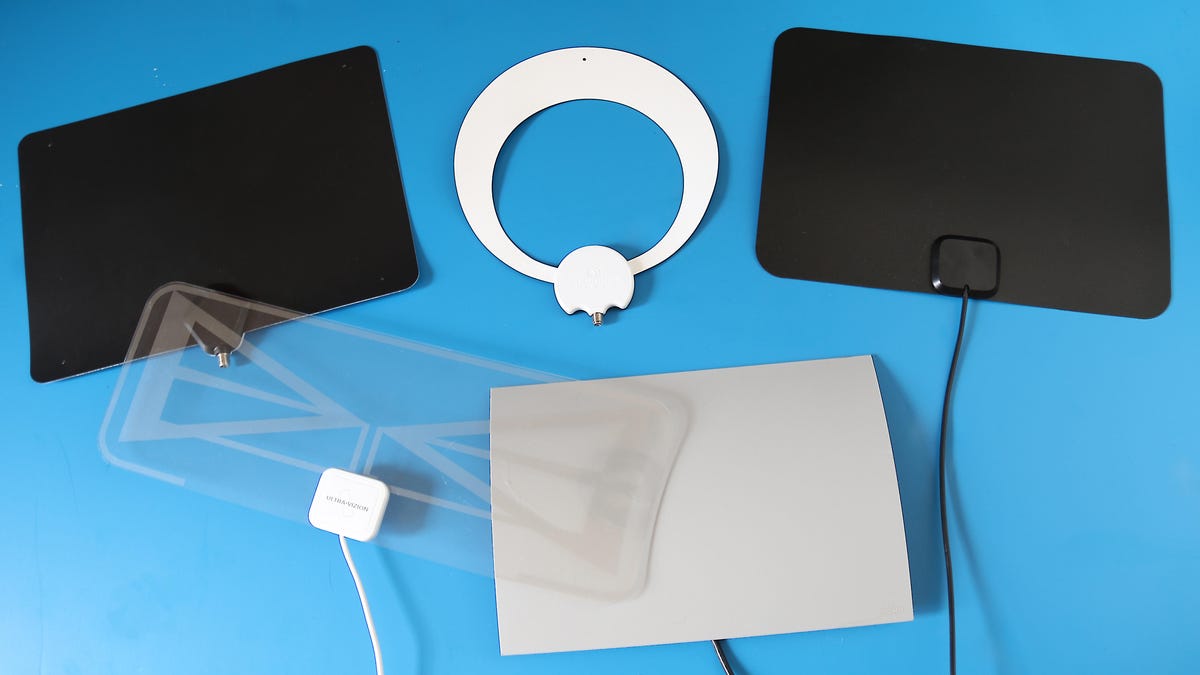If you’ve been sneezing more lately, it’s because spring is here and so, it seems, are your allergies. If Reddit discussions are anything to go by, people are willing to invest money in anything to help them deal with their allergies. The one topic that they keep coming back to is this: air purifiers. Which are the best for handling allergies?
According to the EPA, your best bet of removing up to 99.7% of airborne particles with a size of 0.3 microns is investing in an air purifier with a HEPA (high-efficiency particular air) filter. This can eliminate pollen, pet dander (think fur and dirt) and dust — all things that can mess with your allergies. You should also know that, if you live in a wildfire-prone area, an air purifier can be incredibly helpful in ridding your home of smoke particulates.
To ensure optimal performance, set up your air purifier correctly and place it in an ideal location. Below we explain where these locations are, and why they are so effective.
The best place for your air purifier
Using an air purifier isn’t quite as simple as plugging it in and turning it on. Fortunately, it isn’t very complicated, either. To get the best results, start by checking the manufacturer’s manual for placement and airflow guidelines when setting up your air purifier.
- According to the Montana Department of Public Health and Human Services, there should be between 18 and 24 inches of open space around the unit for it to operate correctly.
- Honeywell, a manufacturer of air purifiers, suggests picking a firm and level spot to install its units.
- Face the front of the air purifier toward the center (or most open section) of the room.
- It’s best to put your air purifier on hard, flat surfaces like wood or tile. Carpet is okay, but make sure there’s proper airflow and that the device is stable and won’t tip over.
- Place a thin mat under an air purifier on carpeted floors to help prevent stains and improve ventilation.
- Placing the unit near common entry points of pollutants (such as a window or door) can help catch the particles before they spread through your home, but air purifiers work most efficiently in contained spaces.
Other things to keep in mind when it comes to air purifiers
Other factors, such as regular maintenance and cleaning, can impact how efficiently your air purifier operates. Your air purifier might be set up correctly in a room, but its performance could suffer if you aren’t cleaning it regularly or replacing the filter often enough.
Read more: 5 Ways an Air Purifier Will Boost Your Health
You also want to make sure you have the correct size air purifier to tackle the room (or rooms) where you plan to use it the most. If it doesn’t have the right capacity for the space — if it’s too big or too small — you might also run into issues.
Knowing the square footage of your space will help determine which size of purifier you need. Most brands will disclose how large of an area their purifiers can clean, and some use the term Clear Air Delivery Rate (CADR) to rate performance.
Keep in mind that larger air purifiers will use more energy, so getting a purifier that fits your space is also the most efficient financially. The typical recommendation is to follow the 2/3 rule, meaning you need an air purifier with a CADR of at least 2/3 the square footage of your space. For example, if the room area is 100 square feet, you’ll want an air purifier with a minimum CADR of 65.
If you have allergies, you’ll also want to check your air purifier’s CADR rating for the pollutants that cause them — typically dust, pet dander, smoke or pollen. Your device should specify which particulates it can filter.
Take a look at our list of the best air purifiers for more information on how they work and what to look for before you buy. You can also find the best deals on air purifiers available now.
For more, here’s our guide on installing your air purifier, protecting yourself from wildfire smoke and the best houseplants that purify your home’s air naturally.




